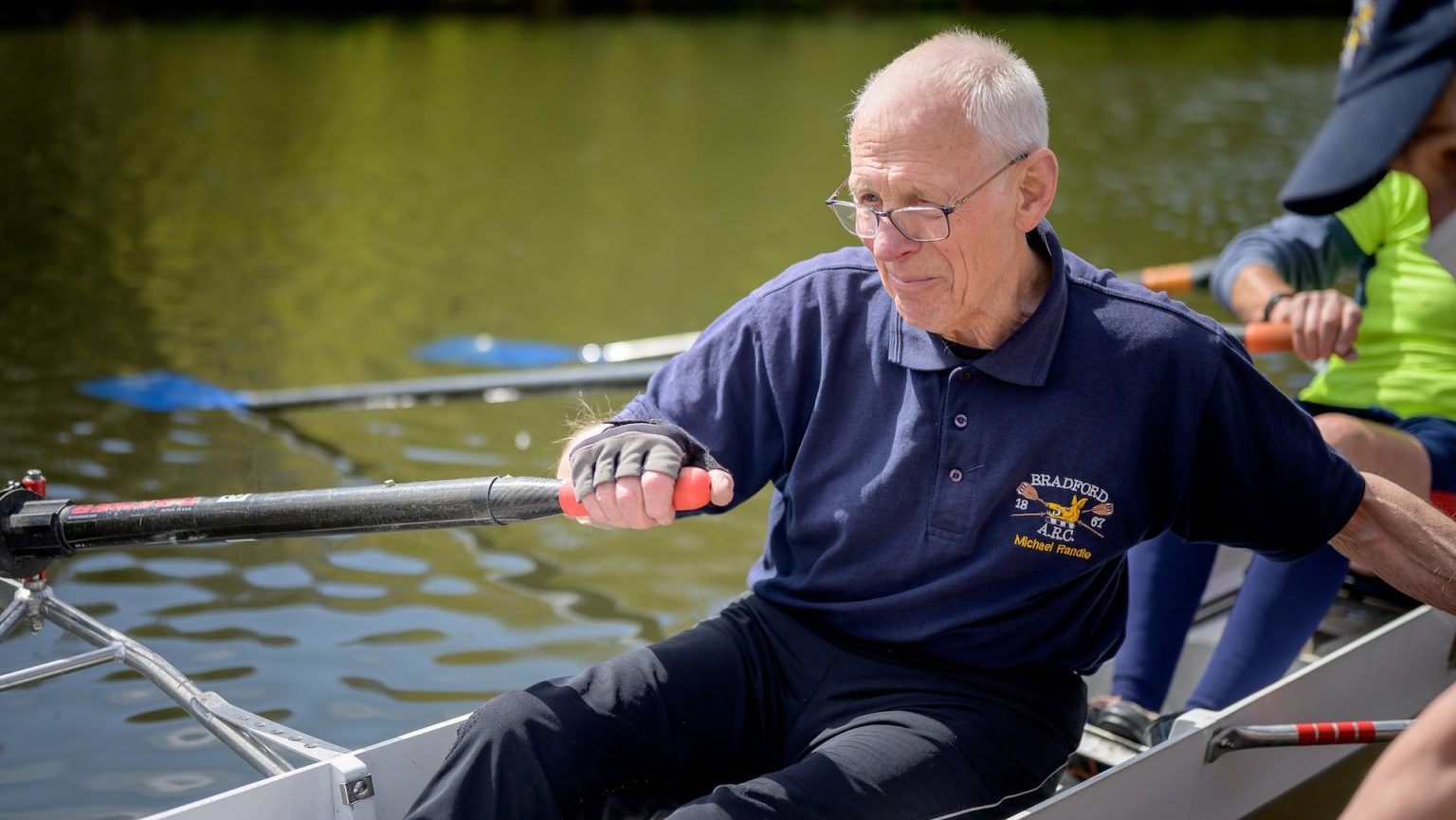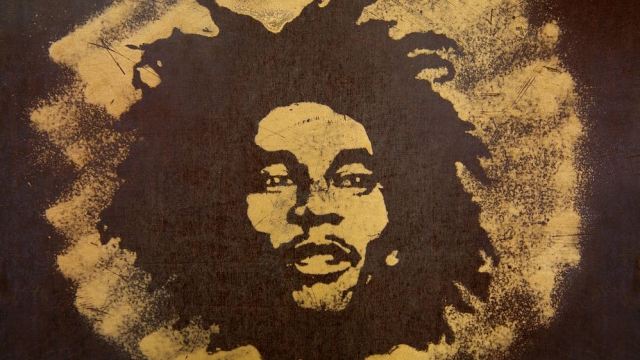Imagining Exercise Can Help Slow Muscle Loss

Mind over matter is a mantra you often hear when someone is trying to overcome a physical barrier. Indeed, our minds have the ability to trigger great strength within us. Cari Romm from The Atlantic described a recent study that shows the mind can help slow a limb’s muscle loss even when in a state of immobilization.
The research was recently published in the Journal of Neurophysiology, where scientists found a connection to muscle strength being based on brain activity, rather than the size of the muscle. In order to test their hypothesis, researchers took a small group of participants—only 44—and split them into several groups. A total of 29 participants that made up two groups were put their non-dominant arms in elbow-to-finger casts, and 15 were put in no cast. Of the 29 cast-bound participants, 14 were told to do mental-imagery exercises five days a week for an entire month. This involved imagining themselves flexing their immobilized wrist for five-second intervals. The remaining participants were told to do nothing while in their casts.
After the casts were removed, researchers found those doing the imaginary arm exercises lost less muscle mass while in the casts, compared to the cast group that didn’t. Those participants were measurably 25 percent weaker, but that’s compared to 45 percent for the group that didn’t do any mental exercises.
Brian Clark, the lead author of the study and a Physiology Professor from Ohio University, explained the results:
“There’s a fair amount of evidence that you’ll activate the same parts of the brain doing imagery as you do if you’re actually doing the task itself. The basic thought is that the imagery is allowing the brain to maintain those connections.”
So it would seem that muscle memory helped those cast-bound participants stay fitter than they otherwise would have, had they not done those mental exercises. It would be interesting to see the results of these findings for people who are truly injured, and if it helps the recovery process for physical therapy at all.
Read more at The Atlantic
Photo Credit: Shutterstock




